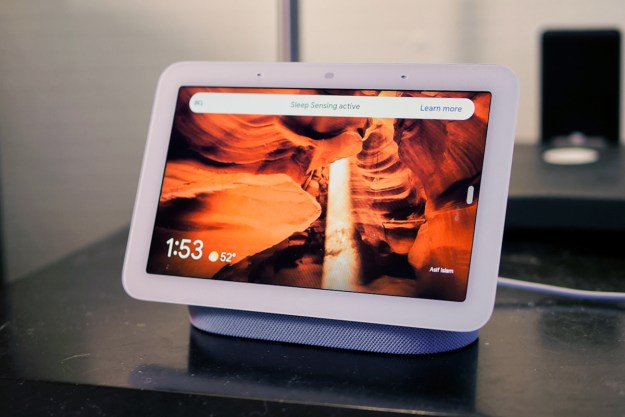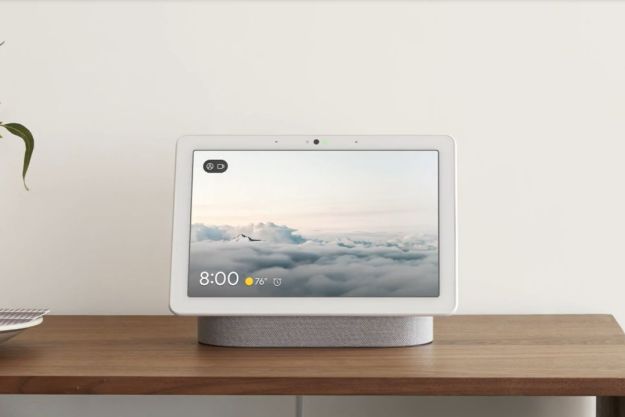The range and variety of smart devices continues to grow ever greater. Researchers from the MIT Computer Science and Artificial Intelligence Lab have found a way that will allow them to design a surface that should reflect and amplify wireless signals. The discovery is described as a type of “smart wallpaper,” and it should allow Wi-Fi to be added to devices that are too small to have wireless antennae of their own. The smart surface is called RFocus, and the most interesting part is that it doesn’t require a power source of its own. The signal amplification is performed thanks to the physical shape of small antennae on the wallpaper.
Smart home technology comes in all shapes and sizes, but by its nature it has to be connected. This restricts its minimum size due to the need for a wireless antennae. The smart wallpaper could, in theory, allow manufacturers to reduce the size of future devices. The wallpaper’s ability to reflect a signal circumvents the problems encountered with smaller devices that struggle to maintain a reliable signal.
According to the researchers, the Focus smart wallpaper can improve signal strength by nearly ten times and increase channel capacity within office spaces. It does this by utilizing more than 3,000 tiny wireless antennae built directly into the surface of the wallpaper. Better signal strength means less downtime and less troubleshooting, which leads to more convenience. In an office or warehouse environment, a better signal means better productivity.
According to a story from the Daily Mail, the researchers say the wallpaper is inexpensive to produce at scale. Although the technology is still new and not ready for widespread adoption, it should be affordable once it reaches that stage. The researchers hope the RFocus smart wallpaper will one day be able to boost and extend 5G signals as well as Wi-Fi and other, more common types of wireless broadcasts.
The researchers say that while the surface can act as a range extender, its most valuable and likely use could be in the factories of the future, where the surface is used to connect thousands of devices at once. Modern systems that are used for that purpose are often expensive and power-intensive, but the RFocus offers an alternative, low-power solution.
Editors' Recommendations
- Yale’s newest smart lock is designed for renters
- Home Depot’s Hubspace is a great way to start building your smart home
- Echo Hub vs. Echo Show 8: Which is the best option for your smart home?
- Echo Show 8 vs. Echo Show 10: is the bigger device a better smart display?
- What is IFTTT and how can you use it in your smart home?




